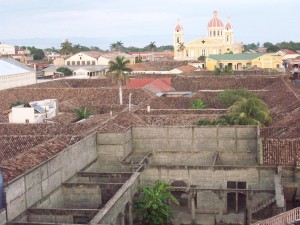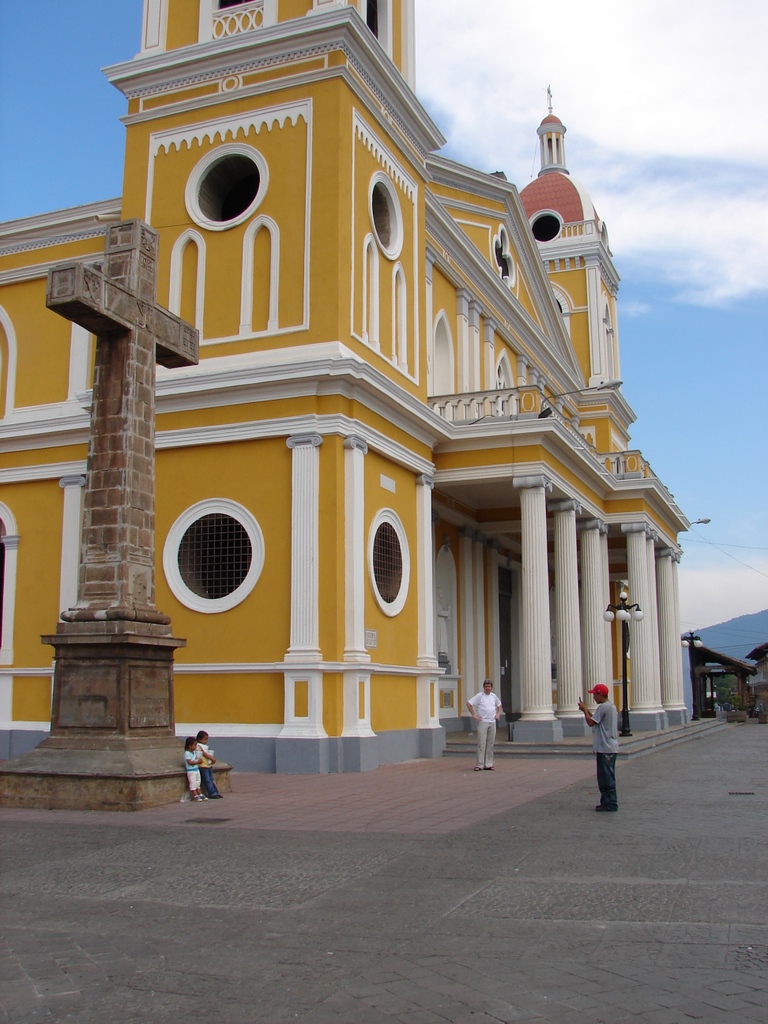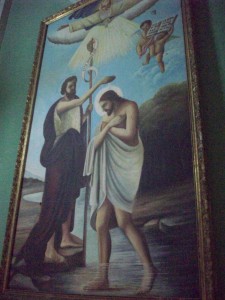Archipielago las Isleta on Lake Nicaragua (May 2009)
So after doing the touristic thing in the city of Granada we moved away from that theme and on to the ecological tourism side of things by going on a guided boat tour of Archipielago las Isleta, on Lake Nicaragua, a few minutes south of Granada.
Our young tour guide promised us that on the tour we would see where some of the richest in the country live, see some historic forts and buildings and perhaps see some wild life and nature. Very exciting to some I sure but more so just a nice change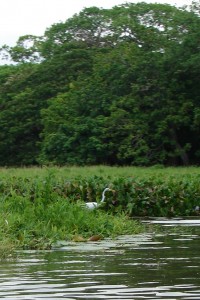 from the typical colonial like sights (it was also much cooler on the lake then it was in the city – witch was a nice temporal change).
from the typical colonial like sights (it was also much cooler on the lake then it was in the city – witch was a nice temporal change).
las Isletas is a chain of some 350+ islands created from large basaltic rock debris covered with lush green vegetation such as Mango trees, Guanacaste trees as well as other tropical flora. The main population of the islands is made up of local Nicaraguan fishermen and boatmen that service the islands,plus other common community items like a restaurant, bars, a school and a cometary.
However like most tranquil attractive areas you will always find wealthy people and foreigners whom have moved in to escape from the real world, living on their own private islands (considered little bits of paradise to some perhaps …) in their weekend cottages and / or holiday homes. This has obviously made the real estate of the area increase and it is pretty common to see for sale signs scattered about on some of the islands boasting some high asking prices.
The tour guide (whom spoke some English – or more so I think may have memorized some information for the tour) and the driver of the boat took us around many of the little islands stopping from time to time to allow us to take pictures and offer some local trivia and info about the particular island. It was kind of like a celebrity or the rich and famous who’s who and where they live, much like you would see in Hollywood, for example we were showed where the owner of the Toyota lived, where the guy who ran the beer companies lived, the bank owners, politicians etc etc.
All witch pretty much was not retained in my little memory (not enough RAM upstairs perhaps).
The area area has some extraordinary species living here including the only freshwater sharks in the world. It also contains other wildlife such as cormorants, kingfishers, parrots, parakeets, osprey , jaguars and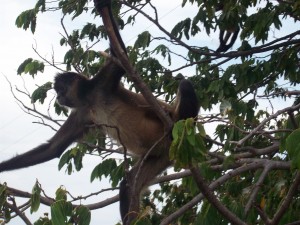 howler monkeys . In fact there was an island that was called Money island that in fact had Howler monkeys inhabiting it.
howler monkeys . In fact there was an island that was called Money island that in fact had Howler monkeys inhabiting it.
They swung down to the boat as we stopped along side of it. At first I thought that it was kind of neat that these animals lived on such a small tropical island like this but then soon realized that they did not originate on the islands but rather were brought there by the restaurant owner of the adjacent island in order to attract tourists to the islands (and perhaps increase his business I presume). So although the Monkey Island was maybe as genuine as a three dollar bill, it was still entertaining enough to watch some funny monkeys in the so call wilds of Nicaragua. Even though all they really did was throw around an empty coke bottle and pleasure them selves playing with their genitalia while posing for the camera.
Well I wasn’t actually counting but it sure didn’t seem like there were over 300 islands and if so we went by them pretty fast. so after the refreshing change from the city heat it was back to shore and then back to Managua to check on the update of our Customs problems.
.
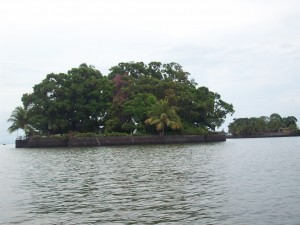

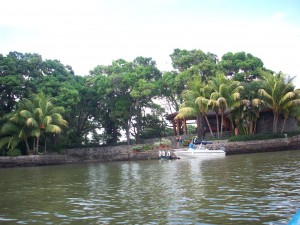

.

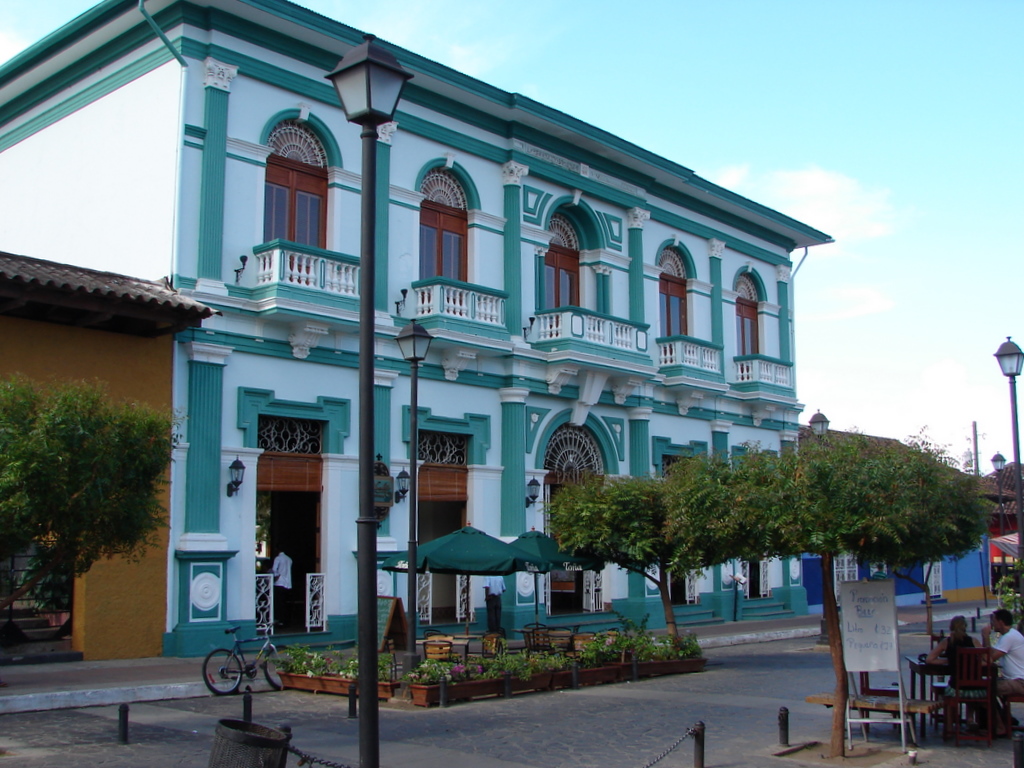 The city has a strong colonial heritage, easily evident from the architecture and layout of the large Spanish built homes, businesses, churches and other buildings over looked by a picturesque volcanic background. It is one of the main destinations for most international travelers (except for people like us who come here to go to work in the Rain Forest :) regions) that come to Nicaragua.
The city has a strong colonial heritage, easily evident from the architecture and layout of the large Spanish built homes, businesses, churches and other buildings over looked by a picturesque volcanic background. It is one of the main destinations for most international travelers (except for people like us who come here to go to work in the Rain Forest :) regions) that come to Nicaragua.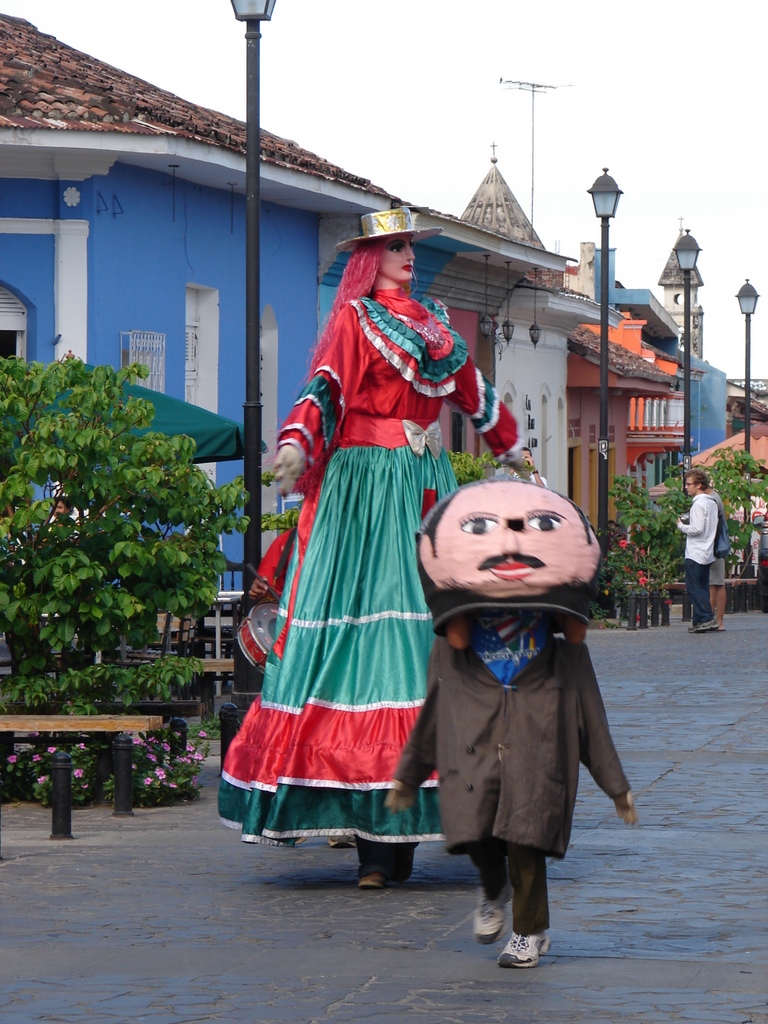 selling traditional food, handcrafts and horse drawn carriages.
selling traditional food, handcrafts and horse drawn carriages.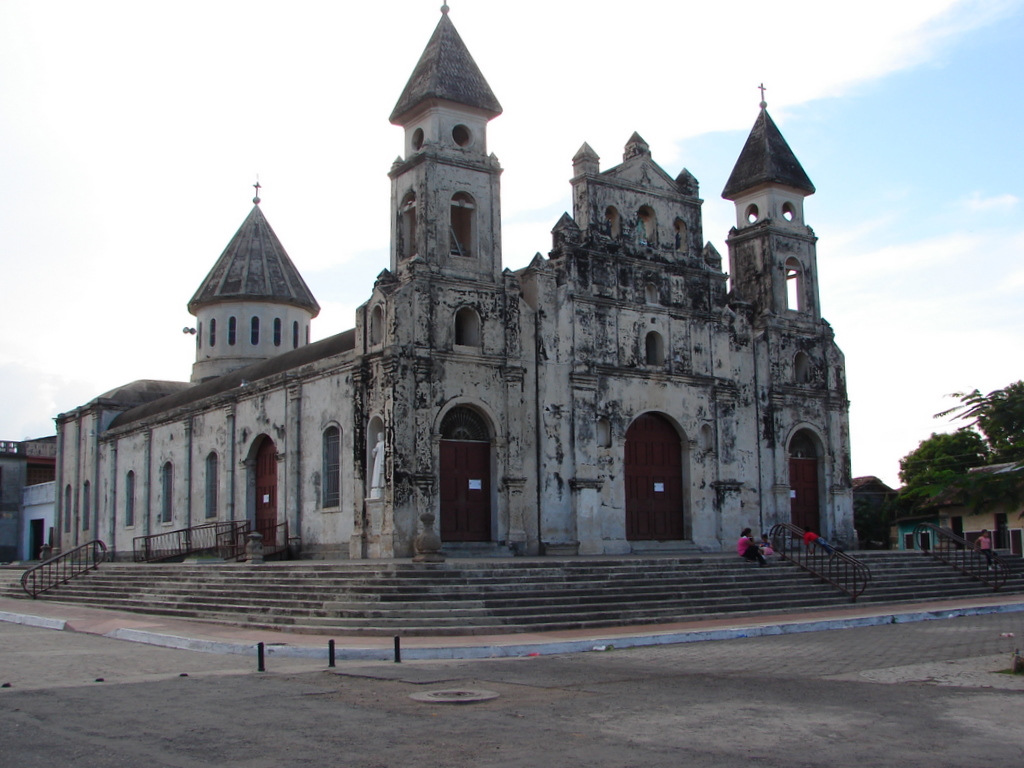 the end of the street is yet another large stone built heritage church (Iglesia Guadalupe), one that has saw plenty of damage over the years. This one was used several times as a stronghold during battles because it was close the water front. Not sure why all these churches have been destroyed and rebuilt so many times nor why a small town needs so many, just like many of other Central America cities there are numerous churches and cathedrals (and all within walking distance usually) most with very interesting architecture and history.
the end of the street is yet another large stone built heritage church (Iglesia Guadalupe), one that has saw plenty of damage over the years. This one was used several times as a stronghold during battles because it was close the water front. Not sure why all these churches have been destroyed and rebuilt so many times nor why a small town needs so many, just like many of other Central America cities there are numerous churches and cathedrals (and all within walking distance usually) most with very interesting architecture and history.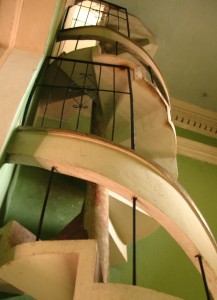 Maybe I will come back with my shovel later and see if any gold was buried with it.
Maybe I will come back with my shovel later and see if any gold was buried with it.